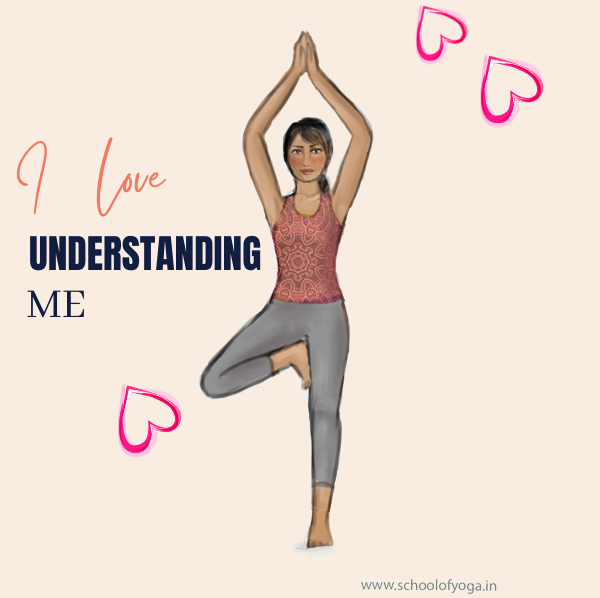
School of Yoga is being developed by the descendants of Yogacharya S. Sundaram, comprising 4 generations of Classical Yoga teachers and practitioners. School of Yoga aims to be a one stop resource for Classical Yoga. We draw our inspiration from Yogacharya Sundaram, author of the world’s first English manual on Classical Yoga.

“I love conscious breathing”
This section teaching the yogī the mechanics of breathing and it’s control.

“I love stretching for suppleness”
This section introduces the yogī to āsana practice in the traditional, classical manner.

“I love balanced healthy living”
This section advises the yogi how to mix exercise, breathing, diet and life-style for good health.

“I love understanding ME!”
Evolution in Yoga is possible only when the yogī understands the drivers of cognition .

“I love developing myself”
As the yogī begins to evolve, deeper understanding of the concepts becomes invaluable.

“I love contributing to growth!”
Once the yogi has matured, it is time for payback and to contribute to the growth of others.